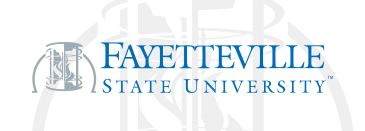Prediction of peptide binding to MHC using machine learning with sequence and structure-based feature sets
Document Type
Article
Publication Date
4-1-2020
Abstract
Selecting peptides that bind strongly to the major histocompatibility complex (MHC) for inclusion in a vaccine has therapeutic potential for infections and tumors. Machine learning models trained on sequence data exist for peptide:MHC (p:MHC) binding predictions. Here, we train support vector machine classifier (SVMC) models on physicochemical sequence-based and structure-based descriptor sets to predict peptide binding to a well-studied model mouse MHC I allele, H-2Db. Recursive feature elimination and two-way forward feature selection were also performed. Although low on sensitivity compared to the current state-of-the-art algorithms, models based on physicochemical descriptor sets achieve specificity and precision comparable to the most popular sequence-based algorithms. The best-performing model is a hybrid descriptor set containing both sequence-based and structure-based descriptors. Interestingly, close to half of the physicochemical sequence-based descriptors remaining in the hybrid model were properties of the anchor positions, residues 5 and 9 in the peptide sequence. In contrast, residues flanking position 5 make little to no residue-specific contribution to the binding affinity prediction. The results suggest that machine-learned models incorporating both sequence-based descriptors and structural data may provide information on specific physicochemical properties determining binding affinities.
Recommended Citation
Aranha, Michelle P.; Spooner, Catherine; Demerdash, Omar; Czejdo, Bogdan; Smith, Jeremy C.; and Mitchell, Julie C., "Prediction of peptide binding to MHC using machine learning with sequence and structure-based feature sets" (2020). College of Health, Science, and Technology. 1083.
https://digitalcommons.uncfsu.edu/college_health_science_technology/1083


